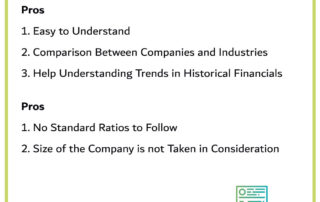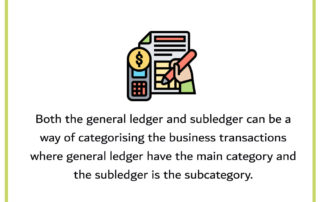Difference between Depreciation, Amortisation and Depletion
Corporations own long term assets including tangible assets like buildings, intangible like copyrights, and natural resources like ore deposits. As it comes to value these assets there should be a way to devalue. To do that there are three concepts to know. Depreciation, amortisation and depletion. Depreciation is the cost reduction spread of the useful life of a tangible asset, amortisation is the deduction of the intangible assets and depletion is extracting cost of resources. Quick Recap In accounting not all figures are actual, there are numbers that are recorded in advanced or vis a ...Read More



